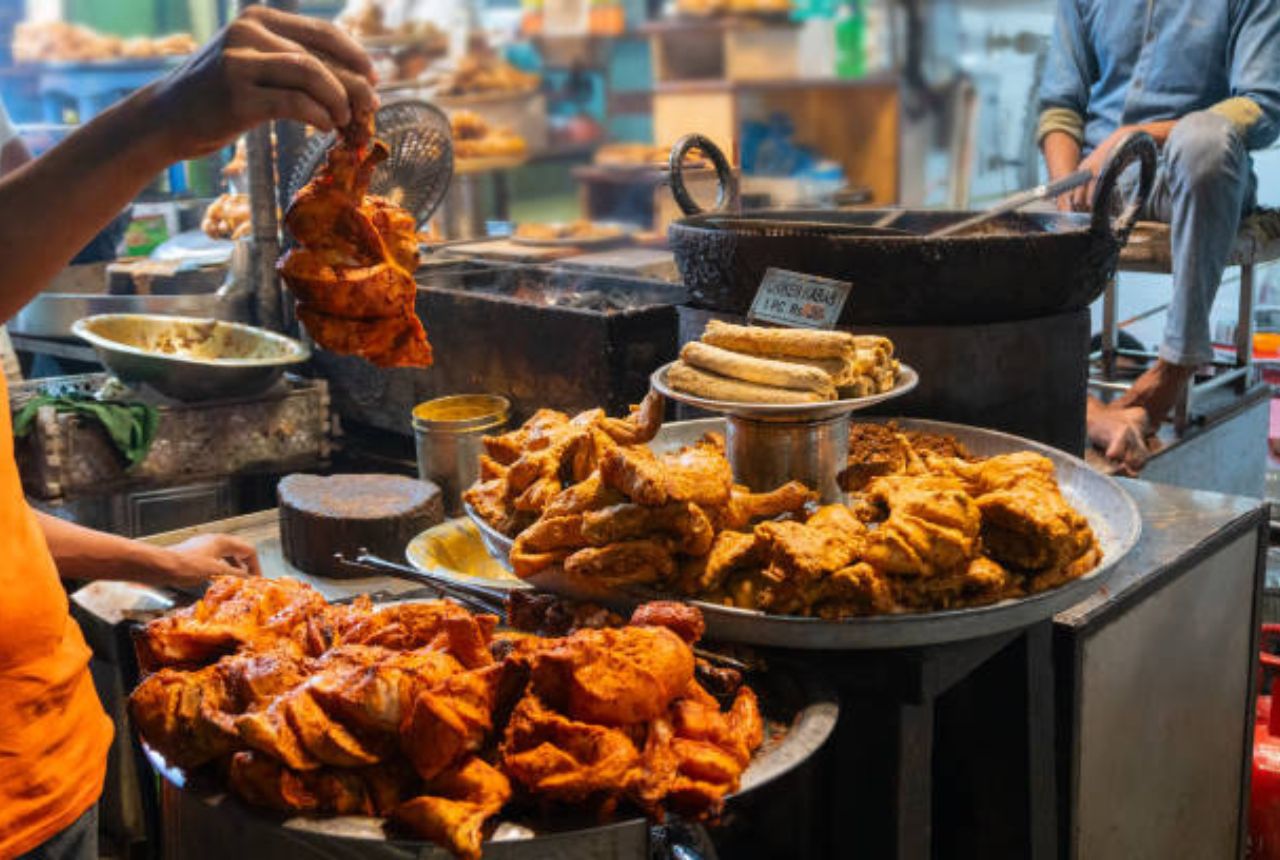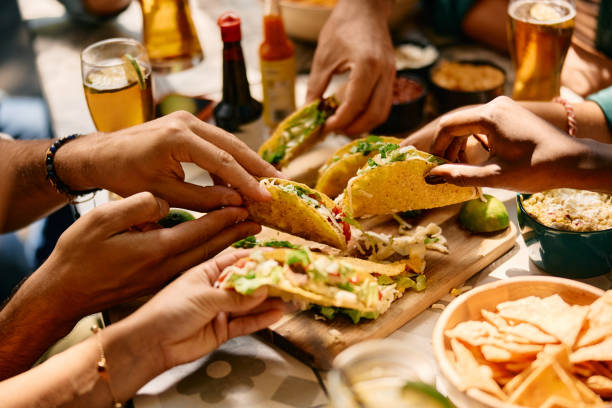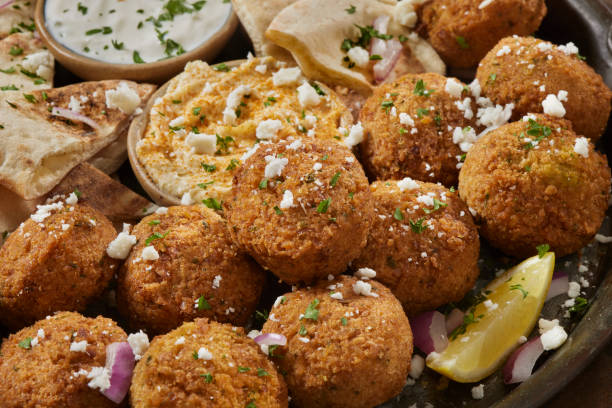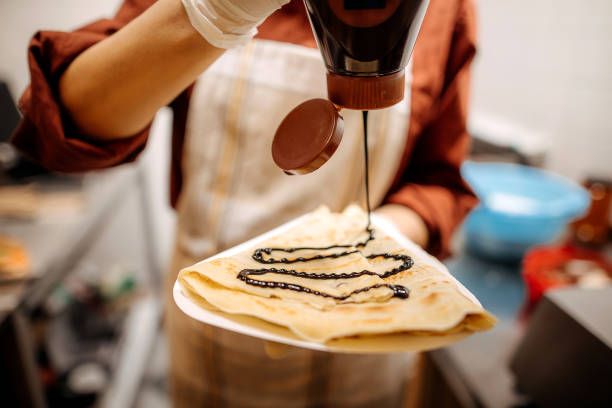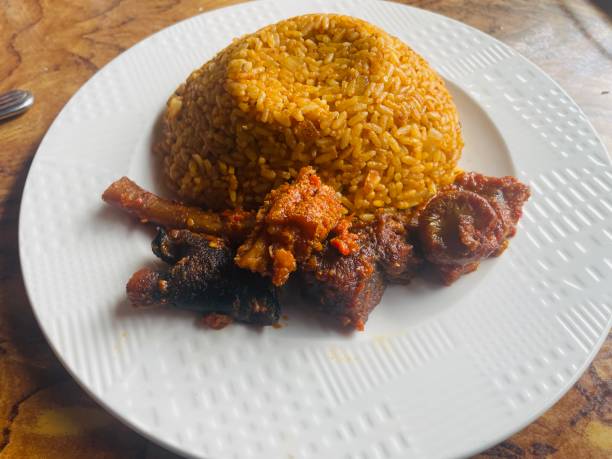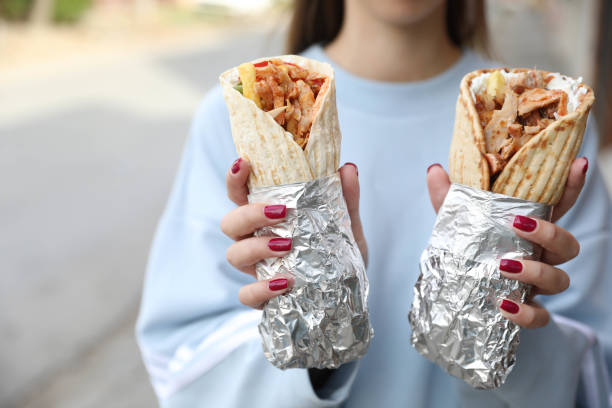Ever eaten something so good on the street you wondered, “Where have you been all my life?” Let’s talk about those flavor bombs—aka street food—and where they actually came from.
Alright, let’s get one thing straight. Street food didn’t start with food trucks parked outside festivals. It’s not some hipster invention from the early 2000s. Nope.
Street food has been around for centuries. Like, we’re talking ancient Egypt-level long. People have always loved quick, tasty bites while out and about—especially when they don’t want to cook or can’t afford a five-course meal. Makes sense, right?
Now, let’s break down the stories behind the all-stars of street food. Spoiler: some of your favs have wilder backstories than your favorite Netflix drama.
1. Tacos – The OG Mexican Grab-and-Go
Ever had a taco so good it made you rethink your life choices? Same.
Tacos date back to 18th-century Mexico, and miners were the first fans. The word “taco” actually referred to the little explosive charges miners used—paper wrapped around gunpowder. So basically, tacos = edible dynamite. (Metaphorically. Please don’t eat gunpowder.)
Back then, people filled corn tortillas with spicy meat, beans, or whatever was handy. Today? We’ve got fish tacos, birria, carnitas, and fusion versions that are borderline culinary rebellion.
Why people love it:
- Portable (your hand = plate)
- Customizable (hello, salsa bar)
- Deliciously addictive (duh)
FYI, if you’re folding a taco like a burrito, you’re doing it wrong. Just saying.
2. Falafel – The Middle Eastern MVP
Crunchy on the outside, fluffy on the inside—falafel is the chickpea’s glow-up moment.
Falafel’s exact origin? Debated harder than pineapple on pizza. Egypt, Israel, Lebanon—they all want credit. But the most accepted theory places falafel’s roots in Egypt, where Copts (Christian Egyptians) ate it during Lent as a meat alternative.
Originally made with fava beans, falafel evolved into a chickpea classic as it moved across borders. Now it’s the go-to street snack wrapped in pita, topped with tahini, pickles, and sometimes fries. Yes, fries. Inside the wrap. Middle Eastern folks don’t play around.
3. Hot Dogs – The Not-So-American Icon
Let’s be honest. Nothing screams “summer in the city” like grabbing a hot dog from a street cart. But plot twist: they’re not American.
Hot dogs came from Germany—Frankfurters and Wieners, to be specific. German immigrants brought them to the U.S. in the 1800s, and boom: a legend was born.
Fun fact: The first hot dog stand in the U.S.? Coney Island, baby, circa 1867.
What makes hot dogs street food royalty?
- One-handed eatability
- Endless topping combos (chili, cheese, sauerkraut, ketchup—unless you’re from Chicago 👀)
- That perfect snap when you bite into a good one
4. Samosas – India’s Portable Pocket of Joy
Let’s take a moment to appreciate the samosa—that triangular pastry of joy that somehow manages to stay crispy even after hours of sitting out.
Originally? Not even Indian. Plot twist alert!
Samosas likely originated in the Middle East or Central Asia, where they were called sambusak. Arab traders brought them to India centuries ago, and local cooks did their thing—spices, potatoes, peas, maybe some meat if you’re feeling fancy.
Now it’s a go-to snack across South Asia, especially at train stations, street corners, and any place with a chai stand.
Hot tip: Pair with mint chutney and you’re golden.
5. Crepes – The French Street Food You Can Eat for Every Meal
Think crepes are only for brunch at overpriced cafés? Think again. In France, they’re serious street food business.
Crepes date back to 13th-century Brittany, France, and started as a super basic dish: flour, water, salt. Simple, but genius. They eventually morphed into sweet (with Nutella, strawberries, or sugar) and savory (with cheese, ham, egg—you name it) options.
Today, Parisian crepe stands line the streets, and tourists lose their minds over them daily.
Why people stan crepes:
- You can have one for breakfast, lunch, dessert… even post-clubbing hunger
- The smell of melted butter + sugar is actual hypnosis
- Folded crepes = the French way of saying “snack sophistication”
6. Jollof Rice – West Africa’s Fiery Debate Dish
Okay, so technically jollof rice isn’t just a street food. But walk through any major West African city and tell me you can’t get a steaming hot plate on the go. Go ahead, I’ll wait.
This tomato-based rice dish is packed with spices, onions, and enough flavor to make you cancel your dinner reservations.
Origin? Most historians trace it back to the Wolof Empire (modern-day Senegal) in the 1300s. But let me warn you: mention jollof in a room full of Nigerians, Ghanaians, and Senegalese folks, and you’ll start World War Flavor. Who makes it better? Don’t ask me—I like living. 😅
7. Churros – Spain’s Sweet Street Treat
Crunchy. Doughy. Dusted in sugar. Sometimes dipped in chocolate. Churros are the unofficial hug of Spanish street food.
But here’s the kicker: they might not even be Spanish. Some believe Portuguese explorers brought a version of it from China (youtiao, anyone?). Spain just upgraded it—because of course they did.
Traditionally eaten for breakfast in Spain, churros have since taken over festivals, carnivals, and your Instagram feed.
Top reasons to love churros:
- Cheap AF
- Crunchy outside, soft inside = ultimate texture goals
- Dipping chocolate sauce? Say less.
8. Shawarma – The Rotisserie Revolution
Ever stared hypnotically at that giant rotating stack of meat and thought, “Yes. That’s dinner.” That’s shawarma working its magic.
Shawarma comes from the Ottoman Empire (aka modern-day Turkey), where it was originally known as doner kebab. It’s basically spiced meat roasted on a vertical spit, sliced thin, and stuffed into pita with garlic sauce, pickles, and whatever else fits.
Now it’s a street food favorite from Cairo to Toronto. Pro tip: Always ask for extra garlic sauce. Don’t worry about your breath—you weren’t making friends in line anyway.
9. Bao Buns – China’s Soft and Steamy Contribution
Bao buns are the soft clouds of joy you never knew you needed. Originating in China over a thousand years ago, these steamed buns (baozi) are often filled with pork, veggies, or even sweet red bean paste.
Street vendors in China (and now all over the world) serve them as quick, satisfying bites. IMO, they’re the fluffiest flex in the street food scene.
Best part?
You can eat three and still pretend you’re being healthy. It’s science. Or denial. Whatever works.
10. Arepas – Venezuela and Colombia’s Corny Rivalry
And no, not “corny” as in cheesy. I mean literally made from cornmeal.
Arepas go way back to the indigenous tribes of Venezuela and Colombia, long before colonization messed everything up. These thick corn cakes are split and stuffed with cheese, meats, beans, avocado—basically anything you’ve got in the fridge.
Street vendors grill them up hot and fast. If you’ve never had one? Fix that. ASAP.
Bonus: They’re naturally gluten-free, so you can pretend you’re being “clean” while inhaling melted cheese.
Final Thoughts: So, What’s the Deal with Street Food?
Street food isn’t just about convenience or low prices (although both are nice). It’s culture. It’s history. It’s identity—wrapped in bread or stuffed in a paper tray.
These meals weren’t created in five-star kitchens. They came from necessity, creativity, and a whole lot of flavor. And somehow, they’ve stood the test of time—from ancient trade routes to TikTok food trucks.
So the next time you’re munching on something from a roadside stall, think about this:
That bite? It’s hundreds of years of history… with hot sauce.
And hey, if you learned something new (or just got really hungry reading this), maybe share this with a fellow foodie. Or better yet, go try one of these iconic eats. Your taste buds will thank you.
Now tell me—what’s your favorite street food and what’s the story behind it?

